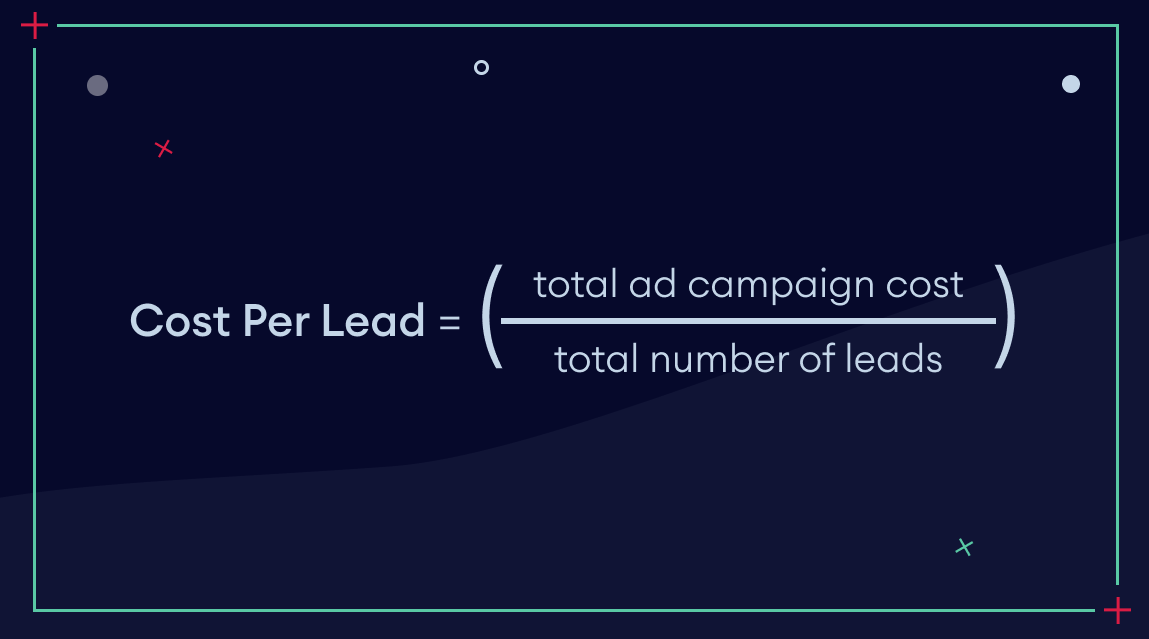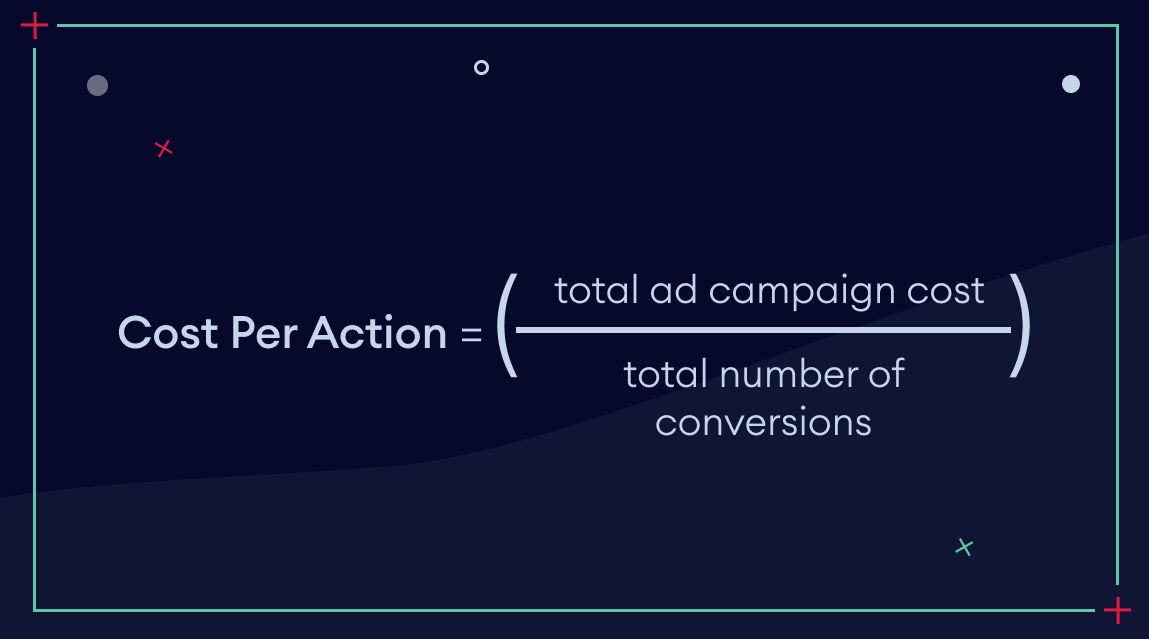
Creating leads in marketing resembles scoring in basketball; both demand careful planning, collaboration, and effective execution to transform opportunities into measurable achievements. Just as a basketball team needs to balance their efforts and efficiency for consistent scoring throughout a match, marketers must enhance their campaigns to acquire leads at a sustainable cost. Each point or lead contributes to the overall goal, but the process might also provide valuable insights to improve future performance. But why should a publisher know more about leads? Read on to find out! In this article, we’ll also answer basic questions, like “What is CPL?” (Cost Per Lead) and how it works. Let’s get going – get the knowledge necessary to score!

What is Cost Per Lead (CPL)?
Cost Per Lead CPL is one of the media buying pricing models, which basically are the ways how advertisers pay for ad placements. Other examples of pricing models include Cost Per Click CPC, Cost Per Action CPA, Cost Per Sale CPS, Cost Per Install CPI, or Cost Per View CPV. Each pricing model is based on different goals that advertisers want to achieve. The goal of CPL campaigns is lead generation. But what exactly are leads in marketing? It’s a possible client – a person who has an interest in a product or service by providing some contact information but has not yet purchased anything. There are many lead generation strategies; each marketing team might prefer different ones. For instance, marketing efforts might include actions like signing up for a newsletter, filling out the form, or downloading an e-book.
CPL is just one of the ways that (partially) help marketers assess the cost of acquiring a new customer. Other metrics also aid in understanding the overall Customer Acquisition Cost (CAC). These metrics are MQL (Marketing Qualified Lead) and SQL (Sales Qualified Lead). The first one is a metric that helps to assess the number of customers that most likely turn into paying customers. Such qualified leads are pinpointed based on specific criteria that include users’ behavior. Sales Qualified Lead is one step further from MQL because it counts customers who are not only interested but also ready to buy. These leads have been checked by the sales team and are seen as real potential customers. While MQLs help to assess the number of people who show interest in a product or service, SQL leads are much closer to making a purchase.
Cost per lead benchmarks
According to Statista, here’s how much it costs on average to acquire new customers between 2021 and 2024 in the USA, depending on the industry:
- Higher education reports the highest CPL, with paid leads costing on average 1,261$ and organic leads at 700$;
- Financial services, fintech, and legal services also have relatively high CPLs, with paid costs, on average, ranging from 490$ to 780$ and organic costs between 410$ and 555$;
- In contrast, e-commerce has the lowest CPL, with paid leads at 100$ and organic leads at 83$.
How and why businesses use CPL campaigns
When it comes to advertisers, CPL is an important performance-based pricing model. Although marketing campaigns may give the impression of success due to a large volume of attention reflected in clicks, registrations, and downloads, advertisers also look at how much was spent to acquire those leads – to assess whether it was really worth it. Additionally, CPL helps advertisers make projections and thus plan marketing targets in the future. In other words, marketers can optimize their marketing spend by keeping a close eye on CPL. Another perk of the Cost Per Lead metric is the fact that it’s performance-based, which means advertisers pay for tangible results – qualified leads. It makes it a low-risk investment compared to other models like CPC (Cost Per Click). Moreover, if one of the company’s primary goals is user acquisition, CPL supports them by bringing in potential customers (leads) that can eventually turn into sales.
However, advertisers, besides analyzing the cost of leads, might want to check Customer Lifetime Value (CLV), which tells the total net profit that the company gained from a customer during their entire “relationship”.
How to calculate Cost Per Lead
To determine the Cost Per Lead (CPL), advertisers have to divide the total marketing expenses, or in other words, the total ad campaign cost, by the number of leads generated. Here’s how to calculate how much the advertiser pays for each lead, the Cost Per Lead formula:

Cost Per Lead example
Here are the three examples of CPL ad campaigns:
Example 1
Let’s suppose the total cost of a Google Ads ad campaign for company A is 280,000$. It includes payment for the marketing team, the cost of ad production, and ads spending on Google Ads. By generating 5,000 leads in a year, their CPL is 56$. Here’s how we used the formula to calculate it:
280,000$ / 5,000 = 56$
Example 2
Company B employs one senior marketer at an annual salary of 90,000$, and he only works on Cost Per Lead campaigns. Their additional cost concerning such campaigns is 20,000$. Bringing in 4,000 leads per year, their CPL stands at 27,5$.
The calculation is:
110,000$ / 4,000 = 27,5$
Example 3
The last company hired a digital marketing agency to create CPL campaigns for them. Their total cost, including other expenses for the Cost Per Lead campaign, is 45,000$. With 2,000 leads generated annually, their CPL is 22,5$. The math works as follows:
45,000$ / 2,000 = 22,5$
The ideal CPL
It’s difficult to pinpoint a perfect CPL level that suits everyone. Nonetheless, it’s clear that an overly high or too low Cost Per Lead can create challenges for both advertisers and publishers. Here are some reasons why:
- When it comes to advertisers, they need to find the “sweet spot” for Cost Per Lead because setting the cost too low or too high can both have negative effects. The drawbacks of too high CPL are apparent, as advertisers will have to pay more for each lead, which means less money in their pockets. However, too low CPL might also make it difficult to compete in highly competitive markets;
- For publishers, a low CPL means less revenue, but also more volume and, consequently, more effort to achieve profitability. When speaking of high Cost Per Lead, each successful lead generates a substantial payout. Still, besides only earning more, publishers can also strengthen their relationships with advertisers, which may lead to establishing profitable long-term contracts.
What affects the ideal CPL
Here are some of the most common factors that can alter Cost Per Lead:
- Ad placement, meaning where the ad appears on a website matters – better CPL can be achieved thanks to a good spot, as ads placed in highly visible parts of the website can get more attention. For instance, Google advises placing a space for an advertisement in the above the fold area of a website, which means in a place that is accessible to a user without the need to scroll. It’s worth remembering that not all parts of a webpage are equally effective for advertising. If you want to learn more, you can read our article on the website’s most attention-catching areas;
- CPL rate can depend on the ad format – some ad formats work better with specific audiences or products, but some ad formats might get more clicks than others. It’s due to the fact that banner blindness is a real thing, and for instance, you can try to incorporate native ads or rich media ads into your ad layout to prevent it;
- If lots of advertisers want the same audience, keywords, or ad space, prices go up. This higher demand drives up CPL. Industries with high lead demand often have a high Customer Lifetime Value (CLV) or operate in competitive markets. For instance, e-learning platforms, bootcamp organizers, and law firms specializing in divorce cases frequently compete for leads;
- Another important factor that can determine CPL is ad quality. A well-designed ad can make a substantial difference in the efficiency of a marketing campaign. A visually compelling ad design, coupled with well-crafted, engaging copy, ensuring that the messaging is relevant to users’ interests and search intent, helps build trust and encourages action. When ads are designed to be more engaging and high-quality, they naturally start getting more clicks and conversions without needing extra cash. This means a lower Cost Per Lead, so businesses can bring in more leads without spending more on advertising;
- Moreover, the metric already mentioned above, Customer Lifetime Value (CLV), might also play a significant role in the final value of CPL. It’s essential to acquire high-quality leads that are likely to convert into long-term, profitable customers, and the CLV metric helps to determine the worth of the whole company-customer relationship. The higher the Customer’s Lifetime Value, the higher the probability of a more expensive CPL.
CPL Model
There are two main types of Cost Per Lead ads:
- Single opt-in (SOI) ads collect leads through a simple process where users provide their contact information without the need to confirm it later. While these ads generally yield high conversion rates, the quality of leads can be lower as users may submit incorrect or fake details. However, SOI’s advantages include the fact that they are cost-effective, eliminate the risk of losing subscribers during a confirmation step, and are great for testing campaigns with limited budgets;
- Double opt-in (DOI) ads, on the other hand, are more reliable and thus have more quality than single opt-in ads. The reason for this is that they require users to confirm their contact details after providing them. This two-step process includes users providing contact information and later confirming it via email or SMS. Consequently, DOI ads are associated with higher conversion rates and better payouts. However, this method requires additional technical setup for the confirmation process. Moreover, it may result in fewer subscribers because some users fail to complete the confirmation step because they might not feel secure about the additional step, or simply feel it’s just “too much”.
CPL vs. CPA
Simply put, CPL, as mentioned above, is a metric that helps evaluate lead prices. Although CPA (Cost Per Action) might seem similar, it’s a metric that aids in evaluating the cost of a particular action, like a purchase or registration. Here’s how to calculate CPA:

In summary, CPL focuses on a price for generating leads for further engagement, in other words – collecting valuable customer information without requiring a purchase. CPA, on the other hand, is all about the cost of completed actions with a direct impact on business results.
Key benefits of adopting a Cost-Per-Lead in advertising strategy
For publishers, CPL can bring the following benefits:
- Higher rates – generated leads can be more valuable than the number of clicks collected;
- Basically, the goal of almost every advertiser is to convert leads into paying customers. That’s why advertisers want to reach an audience that’s really interested in their products or services. CPL may encourage publishers to optimize their content and traffic sources to attract such users, thus making their websites more helpful;
- Advertisers prefer CPL because it directly ties spending to results. Over time, this can turn into a long-term partnership, where the advertiser runs more ads on that website and even pays more because they know it works well.
Monetization without tech hassle
Cost Per Lead is just one of many metrics that digital publishers monetizing their content with ads should know. If you want to learn more, we recommend our articles on ad revenue and the most important metrics for publishers. However, if you don’t necessarily want to learn more but simply earn more – we totally get it! Just read our requirements and fill out the registration form! Why just browse when you can build? Let’s construct your revenue empire together!


